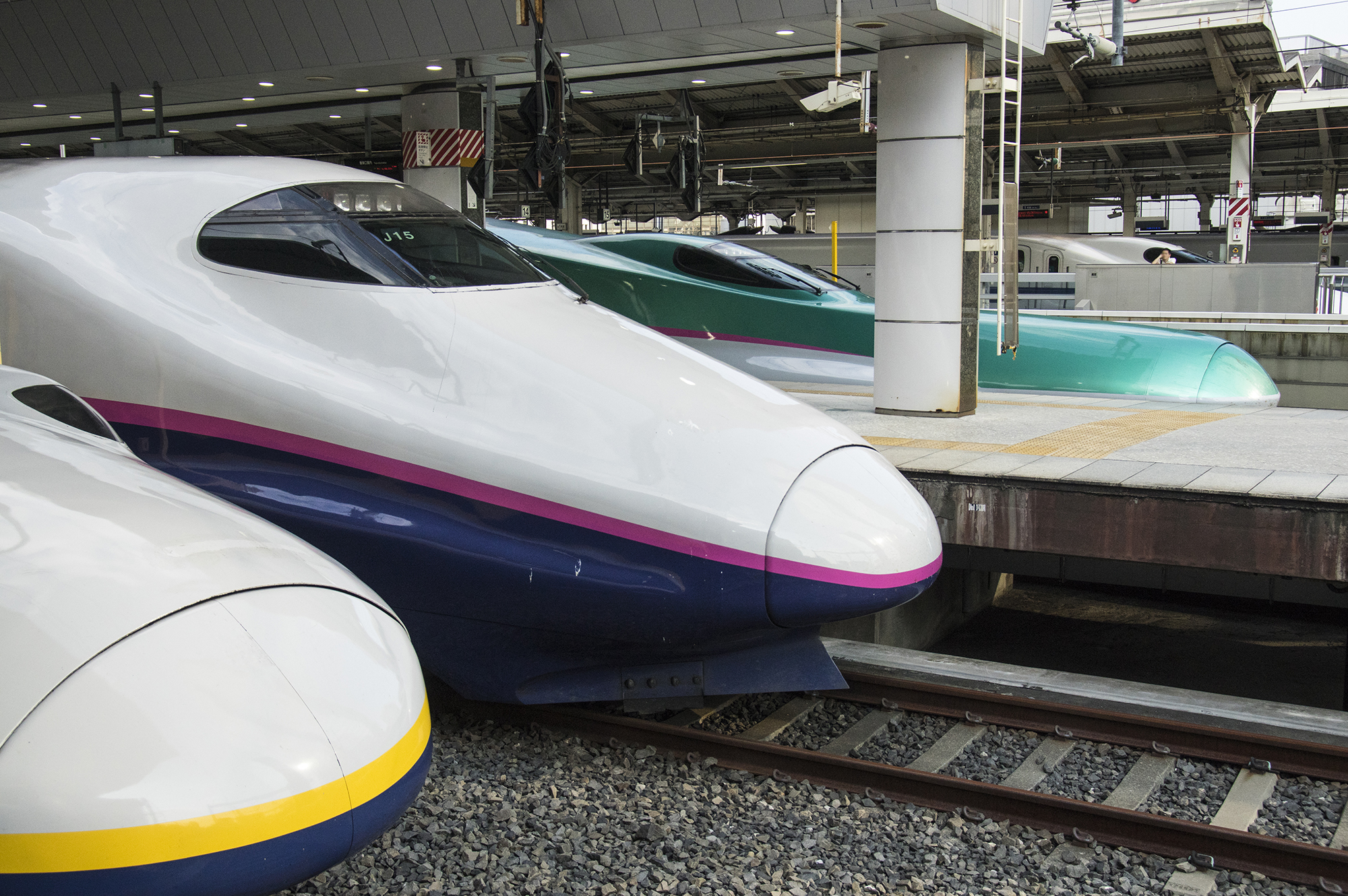- Basic Information
- Highlights and Attractions
- Access and Nearby Information
- Best Season to Visit
- Photo Gallery
- FAQ
- References
Basic Information
Name: Mount Nikkō (女峰山)
Location: Tochigi Prefecture, Nikko City, Nikko National Park
Category: Mountain
Unique Features: Known for its distinctive shape, sacred significance, and breathtaking panoramic views of the surrounding mountains and forests.
Highlights and Attractions
Mount Nikkō offers a range of attractions including scenic hiking trails that lead to stunning viewpoints. The area features vibrant flora, particularly during the spring and autumn seasons when wildflowers bloom or leaves change color. Adventurous hikers can explore various trails, including the more challenging routes that provide spectacular views of the landscape.
Access and Nearby Information
How to Get There: From Tokyo, take a train to Utsunomiya and transfer to the Nikko Line. Alight at Nikko Station, then take a bus to Nikkō National Park, which takes approximately 30 minutes. Alternatively, driving from Tokyo takes approximately 2 hours.
Parking Information: Designated parking spaces are available near the trailheads, often free of charge. It’s advisable to arrive early during peak seasons.
Nearby Attractions: Visit the historic temples and shrines in Nikkō, including Tōshō-gū, and explore the scenic Lake Chūzenji.
Accommodations: Recommended options include local inns (ryokan) offering traditional Japanese hospitality or hotels in Nikko city for modern amenities.
Best Season to Visit
Recommended Time: The best times to visit Mount Nikkō are from late spring (May to June) for lush greenery and wildflowers and autumn (October to early November) for stunning fall colors.
Climate: Summers are mild with temperatures ranging from 15°C to 25°C (59°F to 77°F), while winters can be cold, typically averaging -5°C to 5°C (23°F to 41°F).
Tips: Dress in layers and wear appropriate hiking gear, including sturdy shoes. Consider bringing a rain jacket, especially in the summer months.
Photo Gallery
[Include stunning photos of Mount Nikkō, featuring breathtaking landscapes in different seasons, trail highlights, and beautiful flora and fauna.]
FAQ
What to Wear: Lightweight clothing and sturdy hiking boots are recommended, along with a hat and sunscreen during summer months. In winter, ensure to wear insulated clothing and waterproof gear.
Rules and Etiquette: Respect the natural environment by staying on marked trails and not disturbing wildlife. Avoid littering and be courteous to other hikers.
Safety Tips: Always carry plenty of water and snacks. Inform someone of your itinerary and expected return time when hiking in remote areas.
References
1. Yamatabitabi – A guide introducing day hiking routes for beginners to intermediate climbers on Nyohōsan. Visit here
2. Yamap – Provides the latest climbing information, popular routes, photos, and weather updates for Nyohōsan. Visit here
3. Yamakei Online – Detailed information about Nyohōsan, including its geological features and historical names. Visit here
4. Yamareco – Offers the latest mountain records, climbing routes, access information, and weather conditions for Nyohōsan. Visit here
5. Yamachizu – Detailed information about Nyohōsan, including its location and elevation. Visit here
Recommended spots within a 10km radius
- Exploring Chūzenji Lake: A Hidden Gem in Nikko City, Tochigi Prefecture
- Discover the Serenity of Yunoko Lake: A Hidden Gem in Nikko, Tochigi
- Discover Mount Nantai: A Complete Guide to Nikko’s Iconic Peak
- Explore Taro Mountain: A Hidden Gem in Nikko City, Tochigi
- Discover the Enigmatic Oku-sha of Nikko Toshogu Shrine in Tochigi Prefecture
- Explore Nikko Futarasan Shrine: A Sacred Gem in Tochigi Prefecture
- Nikko Futarasan Shrine: A Spiritual Journey in Tochigi Prefecture
